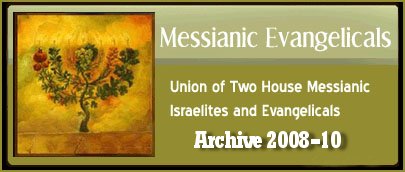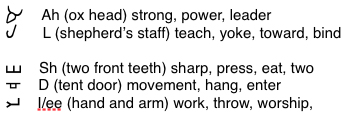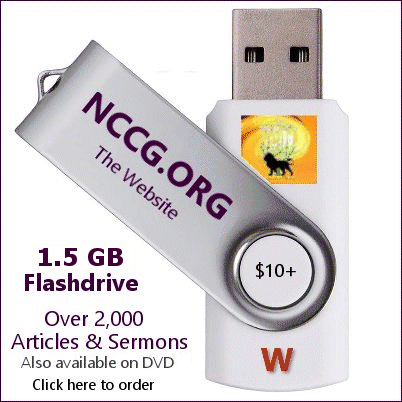RESOURCES
5-144000
A
B
C
D
E
F
G
H
I
J
K
L
M
N
O
P
Q
R
S
T
U
V
W
Y
Z
|
|

|
Patriarchinity Appendix 2: Understanding El Shaddai
Posted by Yaacov on July 25, 2009 at 3:25pm
in Patriarchinity
Understanding “El Shaddai” (in 3 easy steps)
© Chris Jacob Schaefer 2009
This fascinating title, El Shaddai (Al Shaddee), is
really a double entendre of sorts. What? There’s wordplay in Ancient
Hebrew? Absolutely. Its meaning is dependent upon the context in which it is found--especially with the meanings of shad vs. shaddahee seeming very different from one another.

El /Al = Mighty One or Power
Shad = the breast of a woman, pap, teat
shaw-dad' / shaw-day’= to be burly, i.e. (figuratively) powerful
(passively, impregnable); by implication, to ravage -- dead,
destroy(-er), oppress, robber, spoil(-er), utterly, (lay) waste.
shad-dah'-ee = almighty, most powerful
1 Thesis*: El Shaddai is Feminine.
Beresheeth/Genesis 35:11 (Abrahamic-Faith Nazarene Study Torah)
11 Also Elohim said to him, “I am El-Shaddai*: be fruitful and multiply; a nation; and a company of nations; shall proceed from you, and kings shall come from your body;”
Beresheeth/Genesis 43:14 (AFNST)
14 And El-Shaddai* give
you mercy before the man, that he may release your other brother, and
Benyamin. If I lose my children, then I lose my children.
* (AFN note: In Biblical Hebrew El Shaddai means the Mighty Breast that feeds and nourishes.)
We can see this from the meanings of the phonetic glyphs.

And in the above cases it is verified by the context which speaks about
being fruitful (it is the feminine which bears fruit)-- even when a man
is fruitful and multiplying, it is his wife or wives that are bearing
the children. Obtaining mercy is often a feminine action. Also in the
glyphs, the feminine nurturing aspect of the Ruach HaQodesh can be seen
here, for it was the mother who taught her children Torah, and it is
the Ruach HaQodesh Who reveals/teaches Scripture to believers.
2 Antithesis*: El Shaddai is Masculine.
In other contexts, the meaning of El Shaddai has a completely different gist.
Yehezqel/Ezekiel 10:5 (RSTNE)
5 And the sound of the cheruvim's wings was heard even to the outer courtyard, as the voice of El-Shaddai when He speaks.
Gilyahna /Revelation 16:7 (RSTNE)
7 And I heard another out of the altar say, Even so, Master YHWH El-Shaddai, true and righteous are Your judgments.

In the contexts of those verses, it can be seen that the main themes
are authority over others, and judgement. The literal rendering in
these cases would be: Almighty Highest Power. So in these instances El Shaddai is most likely referring directly to Father YHWH. Although the Gilyahna/Revelation passage could be Yehoshua.
3 Synthesis: El Shaddai Contains Both Masculine and Feminine Aspects Within the Structure of Divine Patriarchal Plurality.
There is a way to unify these diverse understandings of El Shaddai that would in fact be all-encompassing for all contexts.

YHWH the Father yokes with and leads the Breasted One (Ruach HaQodesh)
when completing His (the Father’s) work with almighty unfathomable
power-- El Shaddai: worthy of worship.
*note: the thesis and antithesis could be easily switched. Currently
they are in chronological order, with the feminine context occurring
first in Scripture. However, if the frequency of usage types were
presented first, then the masculine contexts would be the thesis, while
the feminine contexts would be the antithesis.
-
Reply by Lev/Christopher on July 25, 2009 at 5:50pm
-
-
-
Reply by Yaacov on July 25, 2009 at 7:18pm
-
-
-
Reply by Lev/Christopher on July 26, 2009 at 2:03am
-
-
-
Reply by Yaacov on July 26, 2009 at 6:12am
-
-
|


This page was created on 5 May 2010
Updated on 5 May 2010
Copyright © 1987-2010 NCCG - All Rights Reserved
|
|


